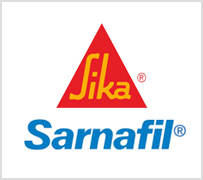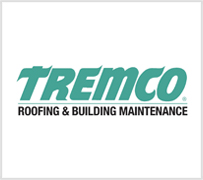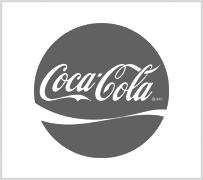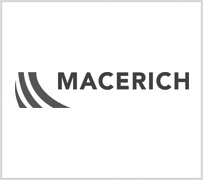
Home / News / Single-Ply Roofing Glossary of Terms

Single-ply roofing is a classification of roofing material most commonly used in commercial roofing. It is a bit of a misnomer actually, since these flexible (single-ply) sheets are actually compounded of synthetic materials in several layers that are often bonded together to make one sheet. Single ply membranes provide strength, flexibility and long-lasting durability for many commercial properties.
When you read the label on these products, they can be terribly confusing because of all the scientific compound names and terms. We’ve broken several of the terms down into simpler language that will provide for a better understanding of what makes up many of the single-ply products on the market.
Monomer
A monomer is a molecule that that may bind chemically to create a polymer. In short, monomers are the building blocks used to create more complex substances. A common monomer is glucose, which when like with other monomers can make starch or cellulose.
Polymer
Polymers are made up of many molecules are strung together to form really long chains. They occur both naturally and can be man-made. A perfect example of a man-made Polymer is plastic. A natural polymer is rubber from the caoutchouc or Indian rubber tree. When used in single-ply roofing, a polymer can provide both a rubber like absorption to impact, combined with a tough underlying structure to resist damage.
Elastomer
An elastomer is a polymer that has elasticity. In short, an elastomer folded into roofing material has to ability to absorb impacts (like hail or branches falling on the roof) and bouncing back to its original shape with no damage.
Terpolymer
A terpolymer consists of three distinct monomers, making them more complex than polymers. Some common types of terpolymer include ethylene propylene diene, also known as synthetic rubber. More and more rubber is being used in today’s roofing materials. Rubbers cushions impacts allowing roofing materials to resist hail damage and other objects falling onto the surface, thus providing longer roof life.
Polyvinyl Chloride (PVC)
This the third most common polymer produced. It comes in two forms. The rigid version is used to make pipes and other construction materials. The flexible version is used to make cable insulation, inflatable pool toys, and is added to single-ply roofing materials to allow the material to flex under hail and impacts by debris.
Polyolefin
This is a polymer produced using the monomer olefin. This is what is used to make thermoplastics (see below).
Thermoplastics
A thermoplastic is a plastic that temporarily changes from solid to semi-solid in response to temperature and back again. Imagine heating a thermoplastic to a semi-solid until it molds itself to your roof. Then, as it cools, it bonds to your roof surface permanently. It also allows for a complete seal at any seams as the two sheets bond and melt together. Thermoplastics also have the advantage of being able to stand up to rain, impact, birds and animals, pollution, wind, hail and snow.
Propylene
Propylene is an organic compound. At room temperature, it is a gas. When mixed with other compounds it reacts and changes. This is one of the ways plastic is made. Again, the use of plastics is becoming more and more common in roofing materials because it wears well against Mother Nature and pollution.
Ethylene
Ethylene is a flammable hydrocarbon gas that occurs in natural gas, coal gas, and crude oil and can be given off by ripening fruit. When polymerized, it turns into polyethylene, the world’s most common type of plastic. 50% of ethylene produces goes toward making polyethylene.











